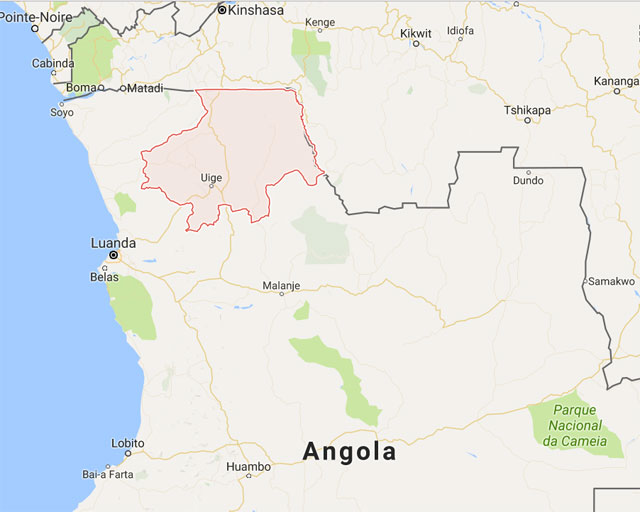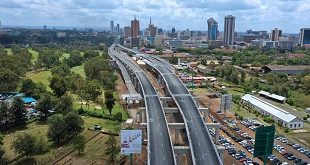
Luanda, Angola | AFP |
Angola announced an investigation Saturday into a stadium stampede that killed at least 17 and injured scores, as the nation’s president, the host team and witnesses blamed the deaths on police error.
Children were among the victims in what has been described as the country’s worst football tragedy, with some witnesses confirming that many fans did not have tickets for the match on Friday.
“It was a serious error to allow so many people get so close to the stadium. Many people didn’t have a ticket and that created confusion,” Angolan President Eduardo dos Santos said.
Several witnesses accused the police of having provoked panic by attempting to disperse a crowd outside the ground on Friday with tear gas.
“It’s the police who created the confusion,” Olavo Castigo, who was at the ground, told AFP.
“It was badly organised. They threw tear gas which provoked the crowd,” he added.
The government has set up a commission to probe the crush, the national Angop news agency reported.
“Several children have been killed,” police spokesman Orlando Bernardo told AFP.
“There was a blockage at the entrance to the January 4 stadium,” he said.
“This obstruction caused multiple fatalities — 17 deaths, and there are 56 injured in the hospital.”
A second commission will help families of those who died and assist in organising funerals.
The deaths occurred during a domestic league match between host side Santa Rita de Cassia and Recreativo de Libolo in the northern town of Uige on the opening day of the season.
The players went on to complete the match, a 1-0 win for Recreativo, despite the tragedy.
A doctor at the military hospital in Uige said Saturday that the toll had risen to 25, but officials maintained that the toll was 17.
Sad tragedy in Angola football fans perish after stampede in a high octane Girabola game pic.twitter.com/u5O4wghgjV
— Collins Okinyo (@bedjosessien) February 11, 2017
– ‘Tragedy without precedent’ –
Police said hundreds of fans had tried to enter the already packed stadium to see the match, causing a crush that pushed some people to the ground.
Many of the dead were trampled to death or suffocated.
“While the players were on the field, fans outside were trying to get into the stadium and a gate probably gave way to the pressure of the crowd causing several people to fall who were literally trampled on by the crowd,” the Recreativo club said in a statement on its website.
The club called it “a tragedy without precedent in the history of Angolan football”.
Daniel Mpanzo, who suffered a fractured leg when he was pinned up against a metal grille, said the trouble began when “police started hitting people” and only allowed a trickle of fans in.
Sergio Traguil, the host side’s coach, told the Diario de Noticias newspaper: “Nobody inside the stadium was aware of what was happening outside.”
Images shown on Angolan television backed up the claim, showing thousands of spectators sitting around the pitch in a stadium with no stands.
– ‘All the police’s fault’ –
The Portuguese news agency Lusa reported that the president of the host team said security forces were to blame for not properly controlling the crowd.
“It is all the fault of the police. It was easy to avoid. They just need to extend the safety cordon,” it quoted Pedro Nzolonzi as saying.
Angola, ranked 148 in the FIFA world rankings, is a minor power in African football.
The country has been relatively closed to the outside world under the authoritarian Dos Santos, who has ruled since 1979.
Football has a tragic history of stampedes and stadium deaths, often blamed on lack of crowd control, dangerous venues and spectator behaviour.
In 2009, poor crowd control in Abidjan caused 19 deaths before a 2010 World Cup qualifier between hosts Ivory Coast and Malawi.
And a stampede at the Accra Sports Stadium in Ghana in 2001 resulted in 127 deaths.
Back in 1989, 96 Liverpool supporters died in a crush in the stands at Sheffield’s Hillsborough Stadium during an FA Cup semi-final between Liverpool and Nottingham Forest.
The worst stadium disaster happened in May 1964 when 320 people were trampled or asphyxiated and more than 1,000 injured during a stampede at a Peru-Argentina match at Lima’s National Stadium.
 The Independent Uganda: You get the Truth we Pay the Price
The Independent Uganda: You get the Truth we Pay the Price





